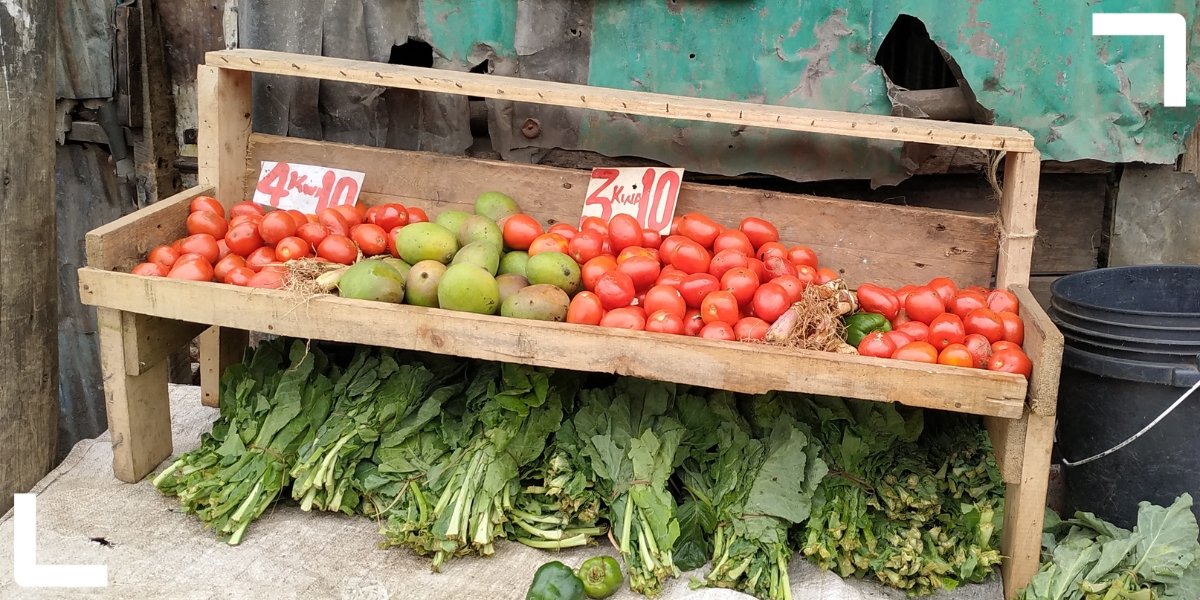By Rosebella Apollo, ACRC research uptake officer
Since independence, Kenya has grappled with the state of food insecurity and poor health and nutrition. Despite multiple stakeholder interventions to address these challenges over the last six decades, the severity of food insecurity has progressively worsened.
The majority of Nairobi’s rapidly growing population consumes inadequate quantities of food and low-quality diets – a brunt exceedingly borne by low-income urban communities, who comprise about 60% of the population in the city.
As a result, residents of informal settlements are exposed to irreversible malnutrition outcomes including being underweight, micronutrient deficiencies and stunted growth, especially among children. The malnutrition challenge is further exacerbated by health inequalities and diet-related illnesses that have resulted in the proliferation of non-communicable diseases (NCDs) and fatalities among residents of low-income households.
Researching health, wellbeing and nutrition
To inform practical pathways for addressing health, wellbeing and nutrition challenges, ACRC conducted mixed methods research in Nairobi. Using primary and secondary data sources, the study sought to investigate:
- The state and patterns of ill health and poor nutrition in Nairobi.
- The influence of policies and political settlements on health and nutrition.
- Enablers and inhibitors in the uptake of healthy diets among disadvantaged urban communities.
Primary data for this research was collected through key informant interviews and focus group discussions with residents of Mathare and Viwandani – two low-income neighbourhoods in the city.
Navigating policy frameworks, actors and systems
ACRC’s research into health, wellbeing and nutrition in Nairobi’s focused on the city’s health and food systems, which are supported by state actors within the national and county governments and non-state actors (including NGOs and development partners) through various health and nutrition interventions.
As far as the governance of Nairobi’s health, food and nutrition outcomes are concerned, the research found that there are national and county government policies, programmes and strategies aimed at enhancing access to adequate food of acceptable quality for all Kenyans. Yet despite an arguably elaborate policy framework, very little reference is made to urban areas, informal settlements and disadvantaged communities – segments that make up the critical mass of populations affected by health, nutrition and wellbeing challenges.
Food security is a highly contested issue in Kenya and Nairobi and remains central to political settlements at the national and city levels. Most of the politics focuses on the cost of living and high prices of food items – especially unga (Kenya’s staple meal) – which are contextual realities for low-income urban residents, rather than the nutritional qualities of the food.
Key findings
- Communities had a fairly good understanding of healthy diets, revolving around balanced meals and quality/quantity of different foods. In focus group discussions, they tended to understand the roles played by each food group, recognising examples of healthy and unhealthy diets, but had limited knowledge of recommended combinations and amounts.
- “Good health” was understood as the absence of diseases and positively related to a state of wellbeing. To keep healthy, participants recommended taking a balanced diet, exercising regularly, avoiding stress, practicing good environmental and bodily hygiene and praying. Community respondents also noted financial stability as a driver for health, which is greatly hampered by the increased prevalence of poverty and unemployment.
- There is minimal food production (urban farming) among households in Mathare and Viwandani. Mama mbogas (female vegetable hawkers), vibandas (food kiosks) and neighbourhood shops were the main sources of food for residents in the settlements. In terms of food consumption patterns, ugali (a type of corn meal made from maize or corn flour) and githeri (a traditional one-pot meal made of corn or maize with beans) were the most common delicacies, with rice a less popular alternative due to its higher pric Foods requiring several ingredients such as pilau (spiced rice) were considered luxurious and consumed only occasionally, while the relatively expensive cost of fruits makes them a preserve for the “well off” families.
- For health services, residents of Mathare and Viwandani rely on public and private hospitals, private clinics, chemists and herbalists. Barriers to accessing healthcare include lack of medicines, long queues, inadequate qualified medical personnel and lack of financial resources. Healthcare facilities reinforce awareness around healthy diets, with community health volunteers playing an especially pivotal role in tackling health and nutritional challenges in households. Additionally, state and non-state interventions – such as provision of supplementary food to malnourished children and access to school feeding programmes – are part of concerted efforts to improve uptake of healthy diets.
- Children, sick and/or elderly residents, orphans, single mothers, street families, and alcohol and drug addicts were identified as the most vulnerable groups to food insecurity and poor nutrition in the community. Key barriers to accessing healthy diets among these groups included low household income, large household sizes, increased cost of cooking fuel, availability of cheap fast and processed foods, poor food safety measures, limited knowledge of health and nutrition, low household food production levels, cultural and religious practices, retrogressive maternal and childcare practices, and excessive use of alcohol and drugs.
- Beyond access to nutritious food, residents felt that their health was compromised because of several other risk factors. These including unhygienic food environments and handling by vendors, adulteration of healthy food with chemicals during production and cooking, poor housing and living conditions, and water contamination from drainage and sewerage lines. Poverty and economic difficulties were also noted as causing stress, blood pressure and mental health problems, leading to sexual exploitation in extreme cases.
Header photo credit: Sam Owuor. Fruit and vegetables sold by an informal local food vendor.
The African Cities blog is licensed under Creative Commons Attribution-NonCommercial-NoDerivatives 4.0 International (CC BY-NC-ND 4.0), which means you are welcome to repost this content as long as you provide full credit and a link to this original post.


